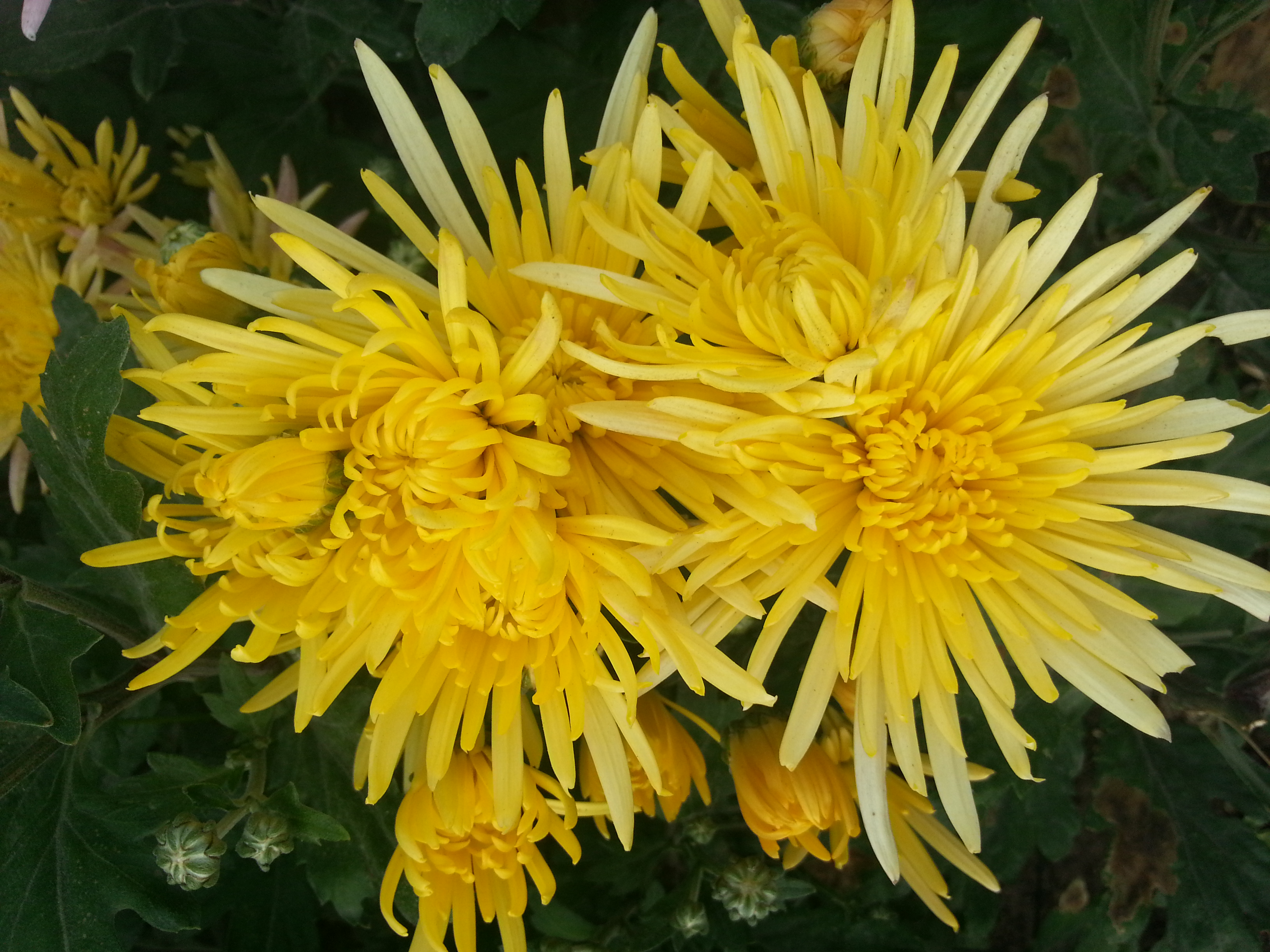Eficacia de biocontroladores y fungicidas para el control de Pythium sp. en crisantemo (Dendranthema grandiflora (Ramat.) Kitam.)

Resumen
Dentro de las enfermedades que se presentan en la producción de crisantemo a nivel mundial, una de las más importantes es la pudrición de raíz causada por Pythium sp. por lo anterior, se realizó una investigación cuyo objetivo fue evaluar la dosis óptima de biocontroladores y fungicidas químicos sobre Pythium sp. La aplicación de los tratamientos se llevó a cabo tanto en laboratorio como en el cultivo bajo invernadero. Se empleó un diseño completamente al azar con 10 tratamientos (testigo, metalaxil y clorotalonil, azoxystrobin, Trichoderma harzianum, Bacillus subtilis, aplicados en dos dosis 100% de la aplicación comercial y 150%). Los resultados obtenidos en la fase de laboratorio mostraron que el testigo inoculado con oosporas tuvo el mayor crecimiento micelial de Pythium sp., 36,43 cm en diámetro, así mismo los tratamientos con fungicidas químicos presentaron un control del 100% ya que no hubo crecimiento de Pythium sp. En el invernadero, las plantas de crisantemo mostraron los mejores resultados cuando se aplicó T. harzianum en dosis de 150%, ya que se presentó tan solo un 9,33% de incidencia, mientras que referente a la severidad, el tratamiento más eficaz fue con T. harzianum en dosis comercial con 4,9%. El mejor comportamiento de las características agronómicas de las plantas de crisantemo se presentó con la aplicación de T. harzianum con dosis de 150%, ya que las plantas mostraron mayor altura, masa radicular fresca y seca, masa aérea fresca y seca, número de botones, diámetro floral y masa floral.
Palabras clave
Trichoderma harzianum, Bacillus subtilis, Pudrición radicular, Fungicidas, Calidad de flor, Contrastes ortogonales
Citas
- Bae, Y.S. y G. Knudsen. 2005. Soil microbial biomass influence on growth and biocontrol efficacy of Trichoderma harzianum. Biol. Control. 32, 236-242. Doi:10.1016/j.biocontrol.2004.10.001
- Cano, M.A. 2011. Interacción de Microorganismos Benéficos en Plantas: Micorrizas, Trichoderma spp. y Pseudomonas spp. Una Revisión. Rev. U.D.C.A Act. & Div. Cient. 14(2), 15-31.
- Cubillos-Hinojosa, J., N. Valero y L. Mejía. 2009. Trichoderma harzianum como promotor del crecimiento vegetal del maracuyá (Passiflora edulis var. flavicarpa Degener). Agronomía Colombiana 27(1), 81-86.
- Dhingra, O.D. y B. Sinclair. 1995. Basic Plant Pathology Methods. CRC press, Cleveland, Ohio. 31-380.
- Durman, S., A. Menéndez y A. Godeas. 2003. Evaluación de Trichoderma spp. como antagonista de Rhizoctonia solani “in vitro” y como biocontrolador del damping off de plantas de tomate en invernadero. Revista Argentina de Microbiología 31(1), 13-18.
- Everett, K.R., S.G. Owen y J.G. Cutting. 2005. Testing efficacy of fungicides against post-harvest pathogens of avocado (Persea americana cv. Hass). New Zealand Journal of Plant Protection 58, 89-95.
- Ghasemi, S., G. Ahmadian, N. Jelodar, H. Rahimian, S. Ghandi¬li, A. Dehestani y P. Shariati. 2010. Antifungal chitinases from Bacillus pumilus SG2: preliminary report. World J. Mi¬crobiol. Biotechnol. 26, 1437-1443. Doi: 10.1515/biolog-2015-0112
- Harman, G. 2006. Overview of mechanisms and uses of Trichoderma spp. Phytopathology 96(2), 190-194. Doi: 10.1094/PHYTO-96-0190
- Henfling, J. W. 1982. Field screening procedures to evaluate resistance to late blight. International Potato Center (CIP).
- León, J. 2017. Minagri busca promover producción y comercialización de flores. En: Agraria.pe, http://www.agraria.pe/noticias/minagri-busca-promover-produccion-y-comercializacion-13923
- Moo-Koh, F., C. Alejo, A. Reyes-Ramírez, M. Tun-Suarez, R. Sandoval-Luna y A. Ramirez-Pool. 2014. Actividad in vitro del extracto acuoso Bonella flammea contra hongos fitopatógenos. Revista Agrociencia 48, 833-845.
- Moorman, G., S. Kang, D. Geiser y S. Kim. 2004. Identification and characterization of Pythium species associated with greenhouse floral crops in Pennsylvania. Plant Dis. 86, 1227-1231.
- Mostowfizadeh-Ghalamfarsa, R. y Z. Banihashemi. 2005. Identification of soil Pythium species in fars province of Iran. Iranian Journal of Science & Technology, Transaction A 29(A1), 79-87.
- Pérez, A., J. Rojas y D. Montes. 2011. Hongos formadores de micorrizas arbusculares, una alternativa biológica para la sostenibilidad de los agroecosistemas de praderas en el caribe colombiano. Revista Colombiana de Ciencia Animal 3(2), 366-385.
- Rinaudo, V., P. Barberi, M. Giovannetti y M. Van Der Heijden. 2010. Mycorrhizal fungi suppress aggressive agricultural weeds 333, 7-20. Doi: 10.1007/s11104-009-0202-z
- Rebollar-Alviter, A., L.V. Madden y M.A. Ellis. 2005. Efficacy of azoxystrobin, pyraclostrobin, potassium phosphite and mefenoxam for control of strawberry leather rot caused by Phytophthora cactorum. Plant Health Progress 12, 67-68.
- Sid Ahmed, A., M. Ezziyyani, C. Pérez-Sánchez y M.E Candela. 2003. Effect of chitin on biological control activity of Bacillus spp. and Trichoderma harzianum against root rot disease in pepper (Capsicum annuum) plants. European Journal of Plant Pathology 109, 418-426.
- Van der Plaats-Niterink, A. 1981. Monograph of the genus Pythium. Studies in mycology. Centraal bureau voor Schimmeicultures barn, the Netherlands 21, 7-198.
- Wang, H., Y. Huang, J. Wang, X. Chen, K. Wei, M. Wang y S. Shang. 2016. Activities of azoxystrobin and difenoconazole against Alternaria Alternata and their control efficacy. Crop Protection 90, 54-58. Doi: 10.1016/j.cropro.2016.08.022
- Xue, J., X. Chen, W. Jiang, F. Liu y H. Li. 2016. Rapid and sensitive analysis of nine fungicide residues in chrysanthemum by matrix extraction-vortex-assisted dispersive liquid–liquid microextraction. J. Chromatogr. B. Analyt Technol. Biomed. Life Sci. 975, 9-17. Doi: 10.1016/j.jchromb.2014.10.029
- Ghorbanpoura, M., M. Omidvarib, P. Abbaszadeh-Dahajic, R. Omidvard y K. Karimane. 2018. Mechanisms underlying the protective effects of beneficial fungi against plant diseases. Biological Control 117, 147-157.
